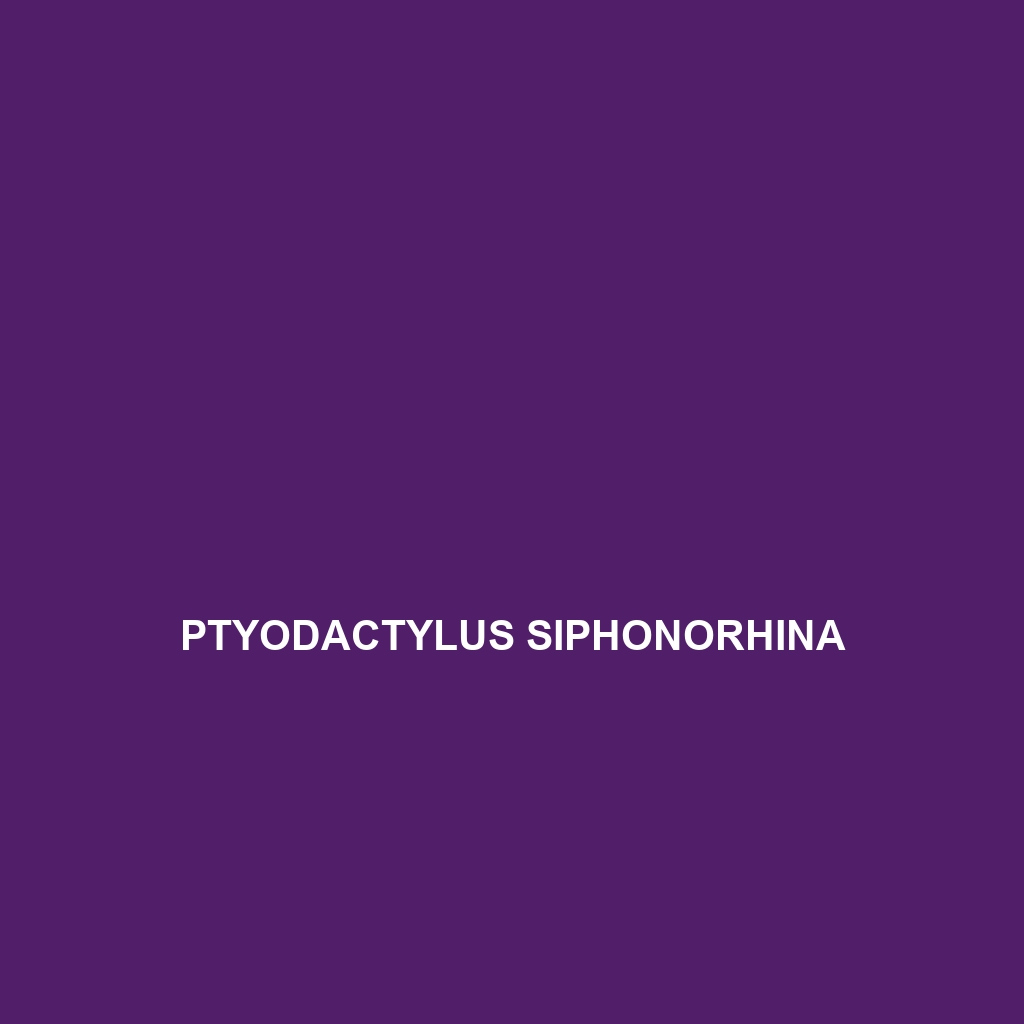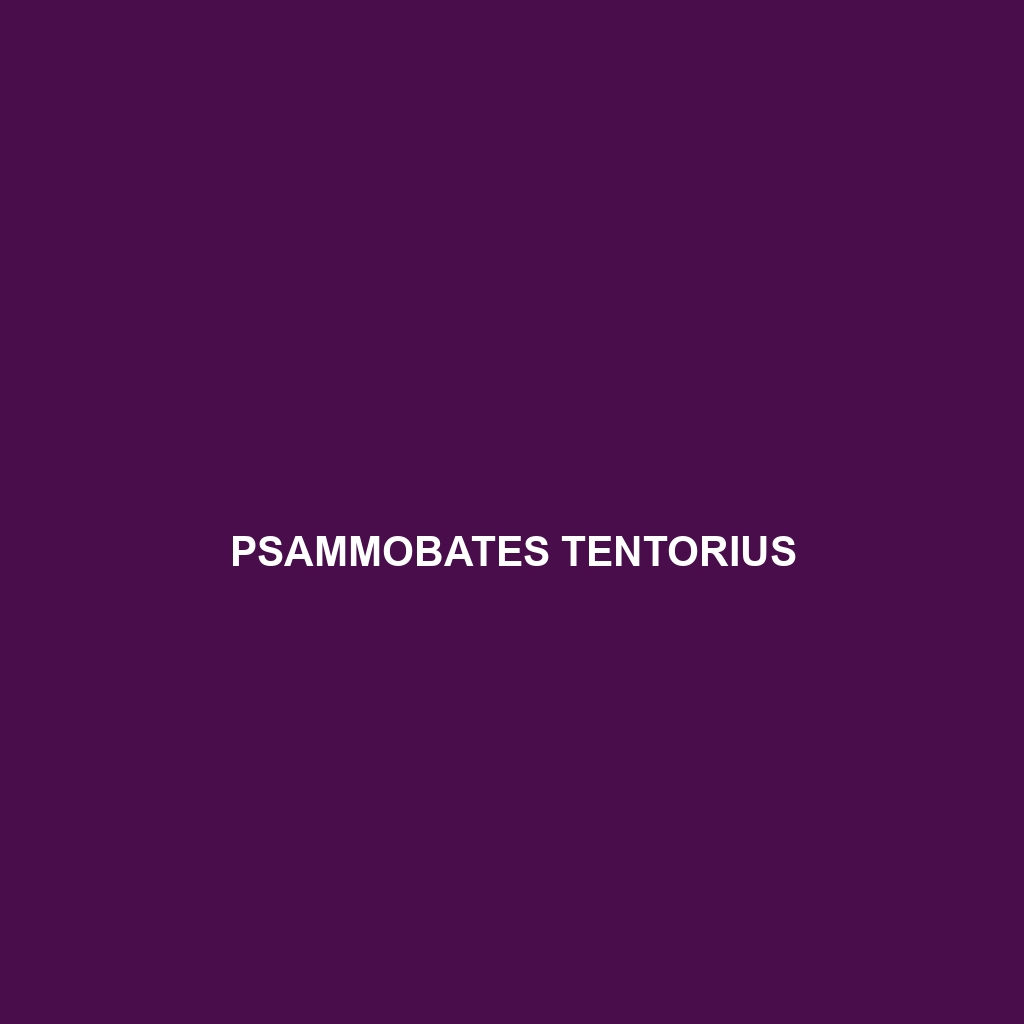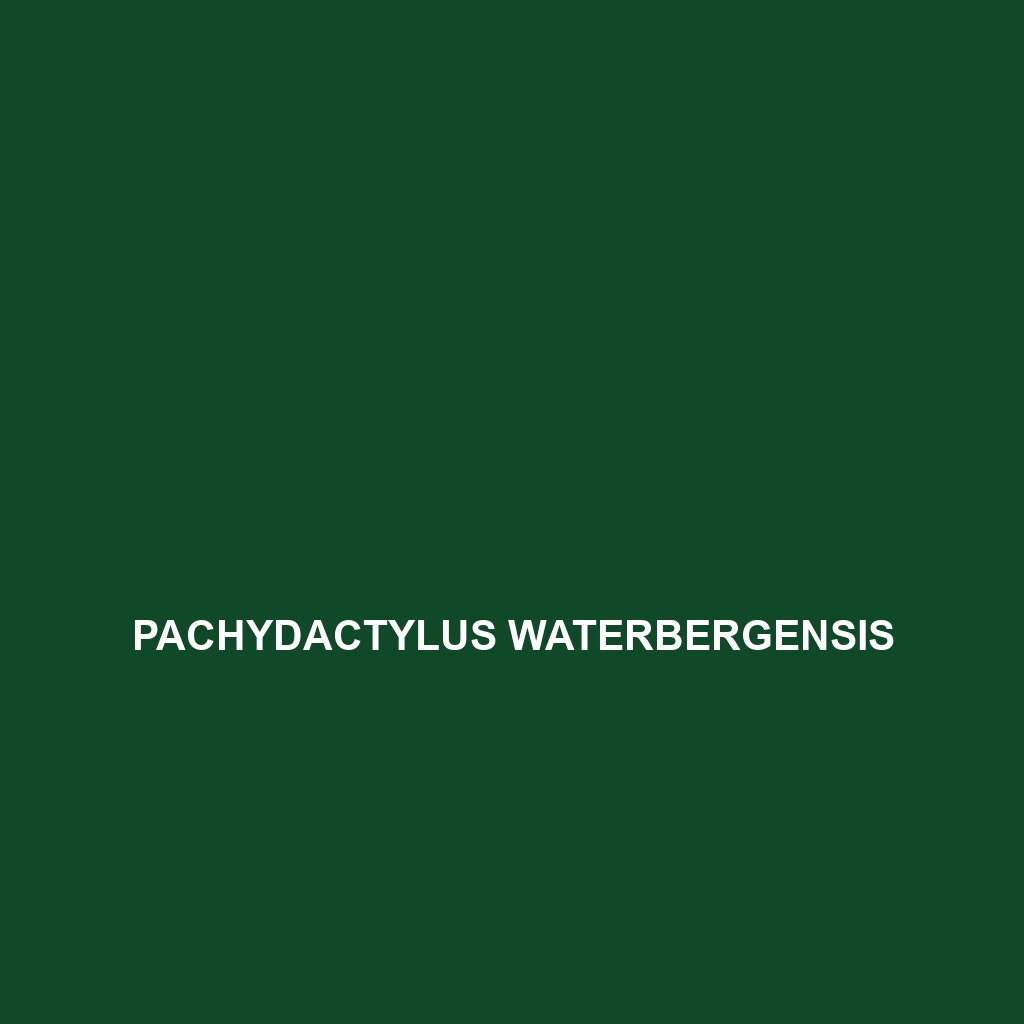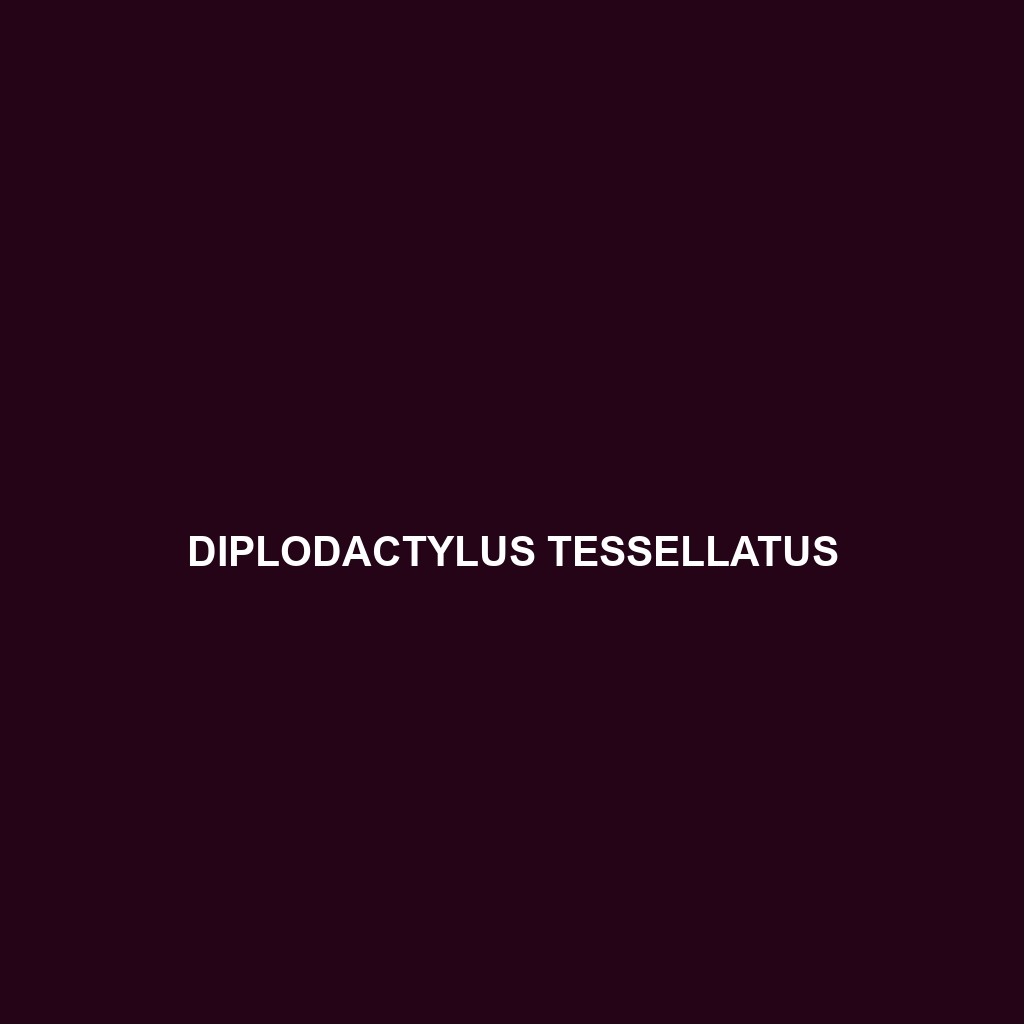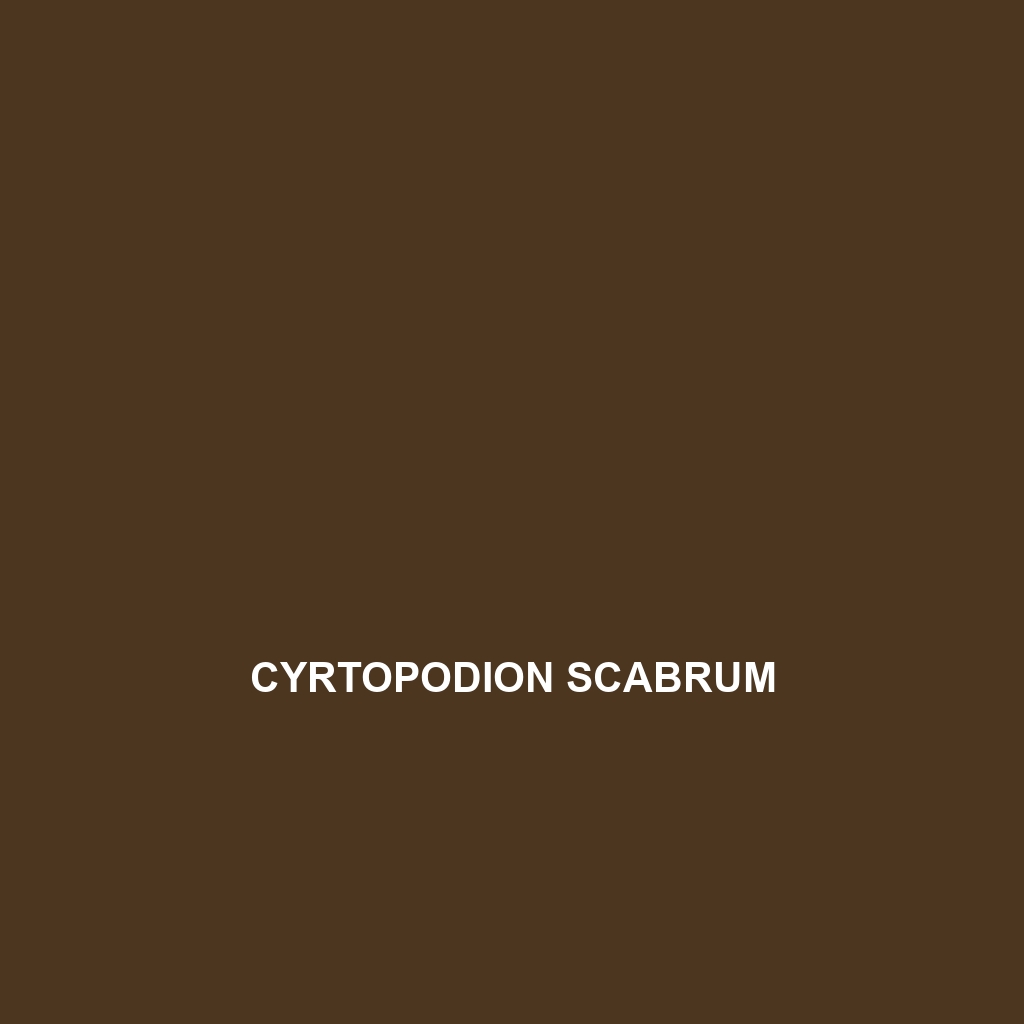<p><b>Ptyodactylus siphonorhina</b>, or the Persian Leaf-toed Gecko, is a resilient insectivore native to dry, rocky environments in the Middle East, known for its slender body, broad leaf-shaped toes, and remarkable camouflage. This nocturnal species plays a vital role in controlling insect populations and is classified as Least Concern by the IUCN, although habitat preservation is essential for its continued survival.</p>
Tag: semi-arid habitat
Psammobates tentorius
Introducing the Angulate Tortoise (Psammobates tentorius), a unique herbivore native to the savannas and temperate forests of southern Africa. Renowned for its high-domed, intricately patterned shell and remarkable resilience to drought, this tortoise plays a crucial role in its ecosystem by aiding in plant population control and promoting biodiversity.
Ptyodactylus siphonorhina
<p><b>Ptyodactylus siphonorhina</b>, or the Persian Leaf-toed Gecko, is a resilient insectivore native to dry, rocky environments in the Middle East, known for its slender body, broad leaf-shaped toes, and remarkable camouflage. This nocturnal species plays a vital role in controlling insect populations and is classified as Least Concern by the IUCN, although habitat preservation is essential for its continued survival.</p>
Psammobates tentorius
Introducing the Angulate Tortoise (Psammobates tentorius), a unique herbivore native to the savannas and temperate forests of southern Africa. Renowned for its high-domed, intricately patterned shell and remarkable resilience to drought, this tortoise plays a crucial role in its ecosystem by aiding in plant population control and promoting biodiversity.
Platyceps gracilis
<b>Platyceps gracilis</b>, also known as the slender whip snake, thrives in the dry grasslands and scrub regions of North Africa and the Middle East. This agile predator, characterized by its elongated body and effective camouflage, primarily feeds on small mammals and lizards while playing a crucial role in maintaining ecological balance.
Pachydactylus waterbergensis
<p>The <b>Pachydactylus waterbergensis</b>, or Waterberg thick-toed gecko, is a medium-sized, nocturnal species native to the rocky outcrops of the Waterberg Plateau in Namibia. Renowned for its thickened toes and unique coloration, this gecko thrives in semi-arid climates, primarily feeding on insects and playing a crucial role in its ecosystem.</p>
Ouroborus cataphractus
Discover the intriguing Ouroborus cataphractus, or armadillo girdled lizard, renowned for its unique armored appearance and nocturnal behavior. Native to the dry, semi-arid regions of southwestern Africa, this insectivorous lizard can curl into a ball for protection, making it a fascinating addition to any reptile collection.
Diplodactylus savagei
Savage's Diplodactylus (<i>Diplodactylus savagei), a medium-sized gecko native to Australia's arid regions, characterized by its yellowish or brownish body with darker bands, and its nocturnal behavior. This insectivore plays a vital role in its ecosystem by controlling insect populations and is known for its ability to regenerate its tail.
Cyrtopodion rohtasfortai
Cyrtopodion rohtasfortai, also known as the "Rohtas Fort Gecko," a medium-sized, nocturnal gecko native to the semi-arid regions of northern Pakistan. With its distinctive color patterns, agile movements, and vital role in pest control, this vulnerable species thrives among rocky substrates and vegetation near the iconic Rohtas Fort.
Ctenotus youngsoni
Discover the Ctenotus youngsoni, a slender skink native to Australia's semi-arid regions, known for its distinctive brown and gray scales, diurnal behavior, and vital role in controlling insect populations. This adaptable species showcases remarkable resilience and plays a crucial part in maintaining ecological balance.
